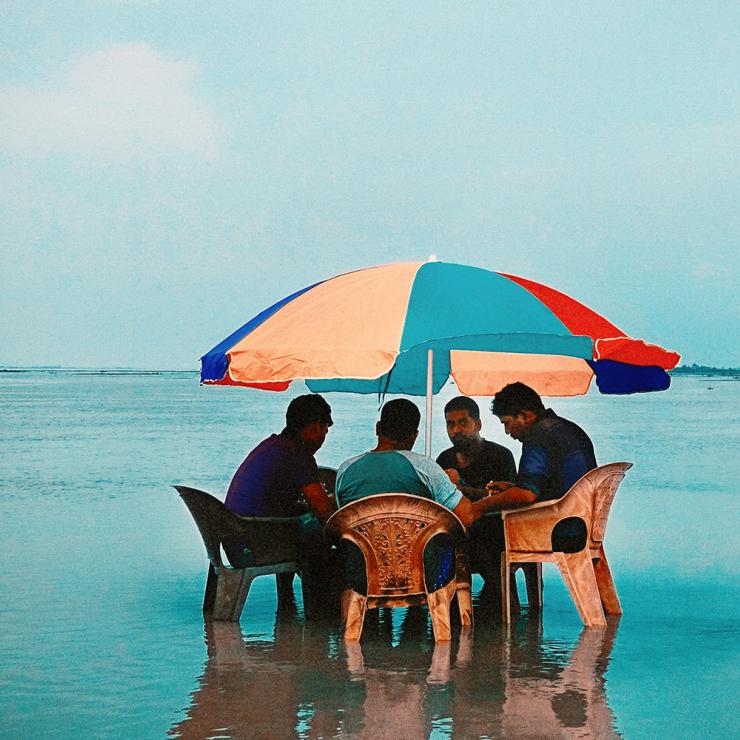Chilling Prospects: Global Access to Cooling Gaps 2023
Chilling Prospects uses data to shine a light on the state of cooling access gaps for vulnerable populations. The 2023 analysis assesses cooling access risks across 77 countries where vulnerable populations live and provides analysis based on factors of vulnerability, tracking progress year over year with the best available data.
It disaggregates between populations at high risk due to a lack of access to cooling for thermal comfort, food and agricultural produce and medical products (the rural and urban poor).
Those at medium risk are ready to purchase cooling solutions but have limited options that are sustainable and affordable (the lower-middle-income population), and those at low risk who are likely able to adopt efficient cooling solutions (the middle-income population). For the first time, the analysis also tracks risk by gender.
Released in conjunction with the Clean Energy Ministerial and Mission Innovation meeting in Goa, India, and amid a coordinated effort to advance sustainable cooling progress ahead of COP28, this year’s Chilling Prospects data serves as a reminder that governments, financiers, and development partners must work together to:
- Catalyze new commitments towards pro-poor cooling innovation, strong national policy action, and more financing for data, technical support, and project implementation.
- Reduce heat risks for urban dwellers worldwide by investing in nature-based solutions for cool cities and in passive and efficient design for cool buildings – leaving no one behind.
- Account for gender-informed needs and solutions in cooling for thermal comfort, agriculture and nutrition, and healthcare, starting with systematic collection and use of gender-disaggregated data.
Case studies
Driving action on sustainable cooling for all
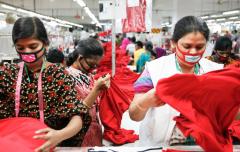
Data analysis
18 Jul 2023
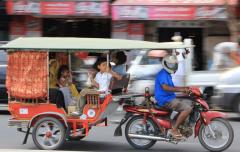
Data analysis
18 Jul 2023
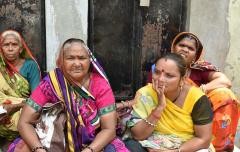
Data analysis
18 Jul 2023

Data analysis
18 Jul 2023

Data analysis
18 Jul 2023
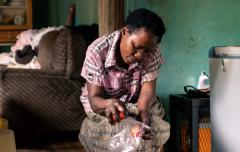
Data analysis
18 Jul 2023
|
SEforALL acknowledges with gratitude the financial and technical assistance provided by the Austrian Development Agency, the Swiss Agency for Development and Cooperation and the Clean Cooling Collaborative that made this Chilling Prospects analysis possible. |
Notes and references
High-impact countries are those expected to experience sustained high temperatures, which also have significant populations at high risk from a lack of access to cooling due to poverty and electricity access gaps.
Algeria, Angola, Argentina, Bangladesh, Benin, Bolivia, Brazil, Burkina Faso, Cambodia, Cameroon, Chad, China, Congo, Rep., Cote d'Ivoire, Djibouti, Dominican Republic, Egypt, Eritrea, Eswatini, Gambia, The; Ghana, Guinea, Guinea-Bissau, India, Indonesia, Iran, Iraq, Lao PDR, Liberia, Malawi, Mali, Mauritania, Morocco, Mozambique, Myanmar, Namibia, Niger, Nigeria, Pakistan Papua New Guinea, Paraguay, Peru, Philippines, Senegal, Somalia, South Sudan, Sri Lanka, Sudan, Thailand, Timor-Leste, Togo, Uganda, Vietnam, Yemen
The Critical 9 are the countries with the largest number of people at high risk: India, China, Indonesia, Pakistan, Bangladesh, Nigeria, Mozambique, Sudan, Brazil
The 22 countries with high-temperature regions: Afghanistan, Belize, Bhutan, Central African Republic, Colombia, Ecuador, El Salvador, Ethiopia, Georgia, Guatemala, Honduras, Jordan, Kenya, Lebanon, Mexico, Nepal, Sierra Leone, West Bank and Gaza, Syrian Arab Republic, Turkey, Turkmenistan, Uzbekistan, Venezuela RB

